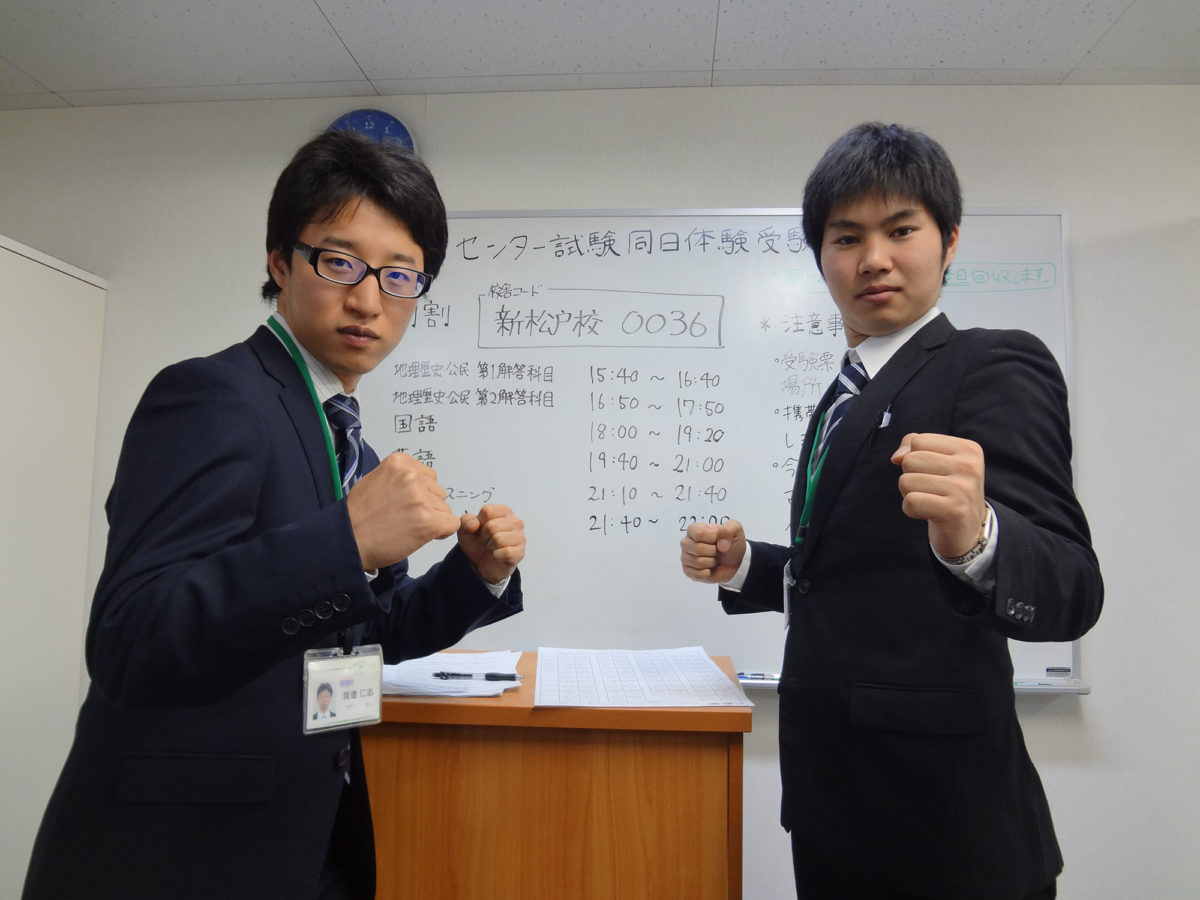Recently I wrote about some of the interesting grammatical particles that exist in Japanese, which “mark” the various parts of a sentence, including the subject/topic, the object, and so on. There’s a related group of sentence-ending particles that change the tone of the overall sentence, such as ka, which changes a statement into a question. Another of these is ne, which you can easily hear if you watch more than a few minutes of an anime or J-dorama. In general, it means something like “isn’t it?” or “aren’t you?” but can have some other nuances to it. Here are some brief examples:
Biiru, nihon desu ne?
Kono anime wa omoshiroi desu ne.
Ne, ikimashou! Hayaku sakura o mitai desu!
The first sentence means, “That will be two beers, right?” and is asking for confirmation. The second sentence means, “This anime is very interesting,” and in this case the ne adds some stress to the meaning: it’s a really interesting anime show. The third example means, “Come on, let’s go! I want to see the cherry blossoms quickly!” In this case the ne is just acting like a prodding word to get the person’s attention and/or convince them to hurry up. The ne word ending is generally used by girls more than guys, and any male students of the language should be careful that they don’t pick up too much feminine-sounding Japanese, because suddenly finding that you’ve been talking like a girl for the past six months really sucks. Don’t ask me how I know, I just do.
















